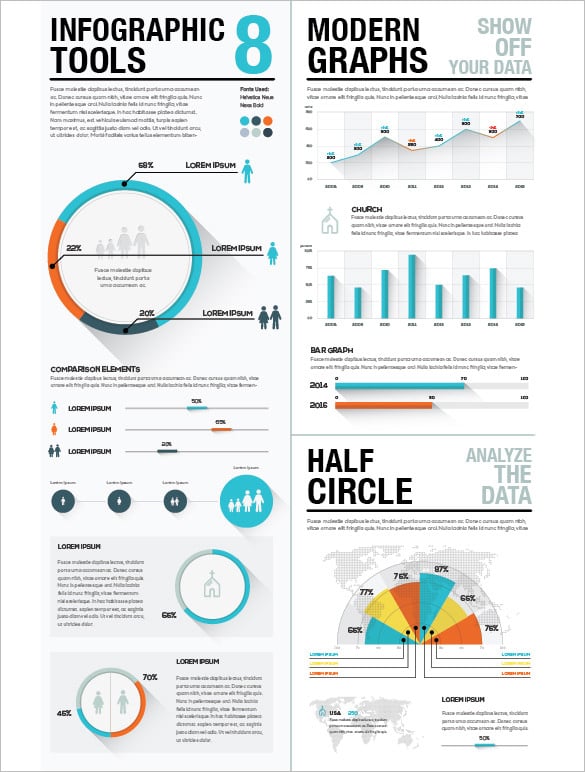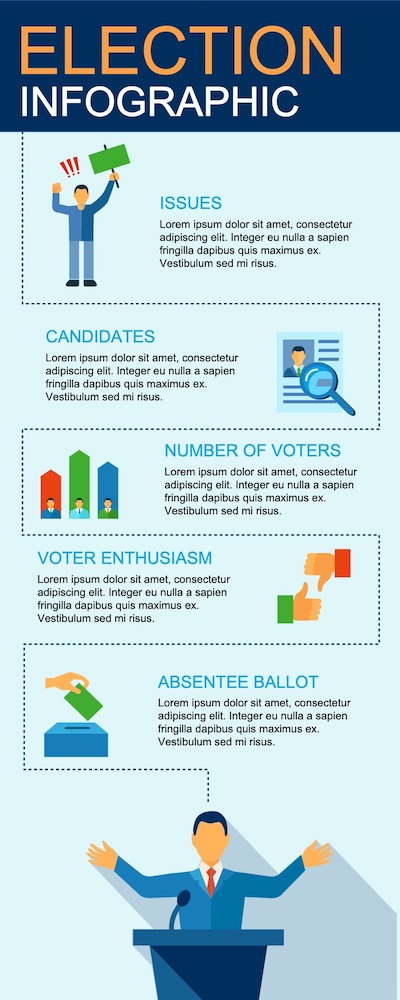



Infographics are interesting tools because they can be at the cross-section of education and advertising – what you’re really doing is giving people information, but if you’re making them think about a specific topic, you may also be able to help them step towards your offering. Obviously, your marketing efforts will be aimed at filling a need, but what kind of problems can you help them solve (or at least think about) by putting some interesting data in their face? Give them a Solution (or at least hint at it) It’s obvious that you want to be on brand as far as your audience’s interests and purchasing patterns are, but it may not be as obvious to try to make the infographic styled in such a way that it represents your brand and therefore is going to catch the eye of warm traffic, for instance. Just like any other piece of content, you’ll want to design your infographic with a specific end-purpose in mind, a factor, which includes the consideration of the audience. And you can definitely create them for specific purposes and share with other companies in similar industries if each company is willing to cross-promote. Infographics are useful to share across various channels, meaning that they can offer a high ROI for the short period of time you spend designing them. You also may consider using them for marketing either in an implicit or explicit way. Breaking up chunks of text in a blog or using them as standalone visuals is one way to incorporate them in a useful way. There are some basic rules that you’ll want to follow when creating your infographics to get them recognized and shared through social streams.
Infographic creator for video how to#
How to Use Infographics for Maximum Impact According to Quick Sprout, image-based content has 94% more views than content without images, and Buzzsumo claims that image-based posts on Facebook, in particular, have twice the engagement. Infographics also have the potential to bring in leads and conversions as well. But when we come across well-crafted, engaging visuals, we have the opportunity to understand concepts in new ways, and we’re able to absorb these much faster than we are other formats. We are bombarded by so much information on a daily basis that it’s easy to get overwhelmed – put simply, there’s only so much text we can absorb in a single day or even hour. Now let’s take a look at the ins and outs of infographics, what makes them so effective and what kinds of tools are out there that can help you build some awesome ones.
Infographic creator for video professional#
Have you ever come across an amazing infographic online and wondered how it was created? Fortunately, you don’t need to be a professional graphic designer to create engaging images like infographics. We all know that a picture is worth a thousand words and when we can incorporate a blend of data, eye-catching images, and simple graphics into one image, it can convey a whole lot of information in a short period of time and without putting too much strain on the eyes or the brain.


 0 kommentar(er)
0 kommentar(er)
